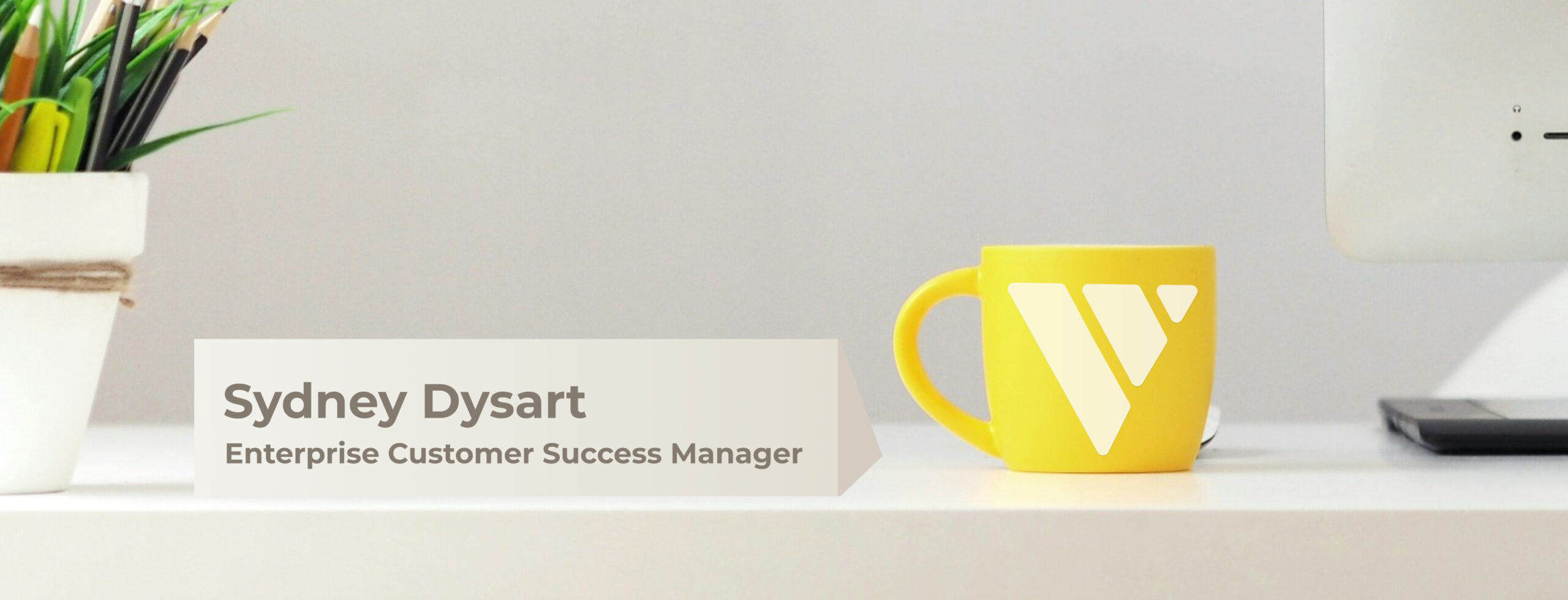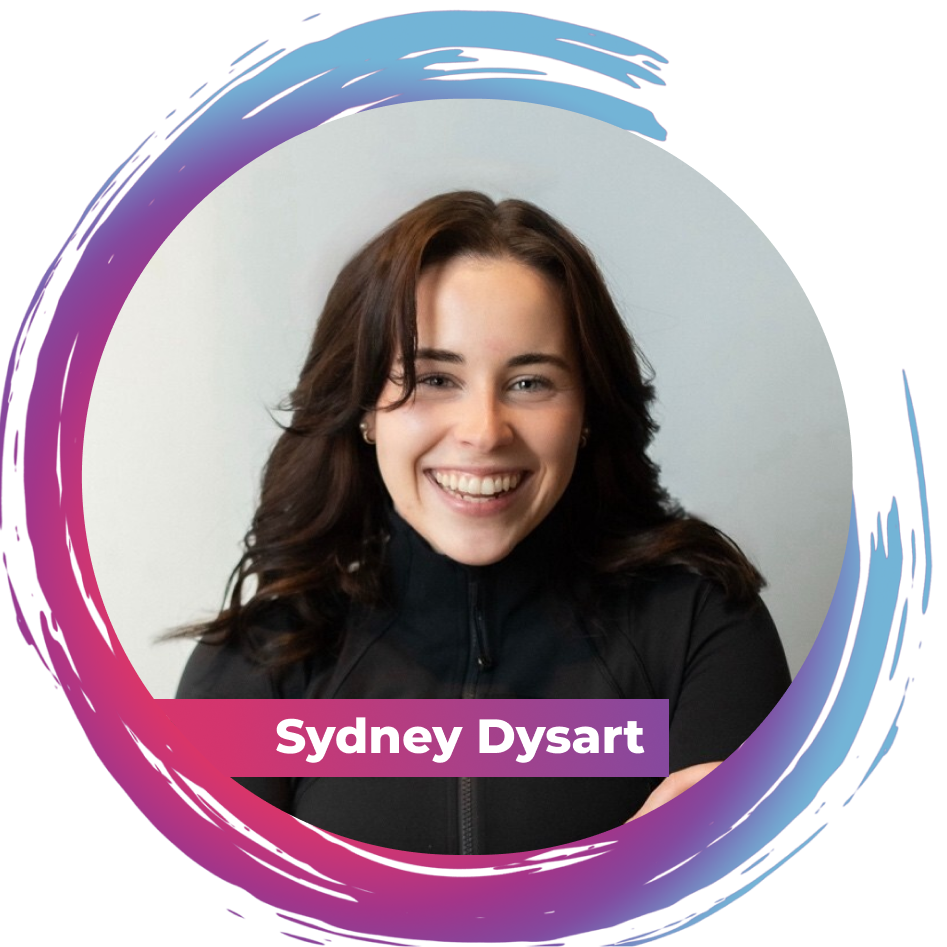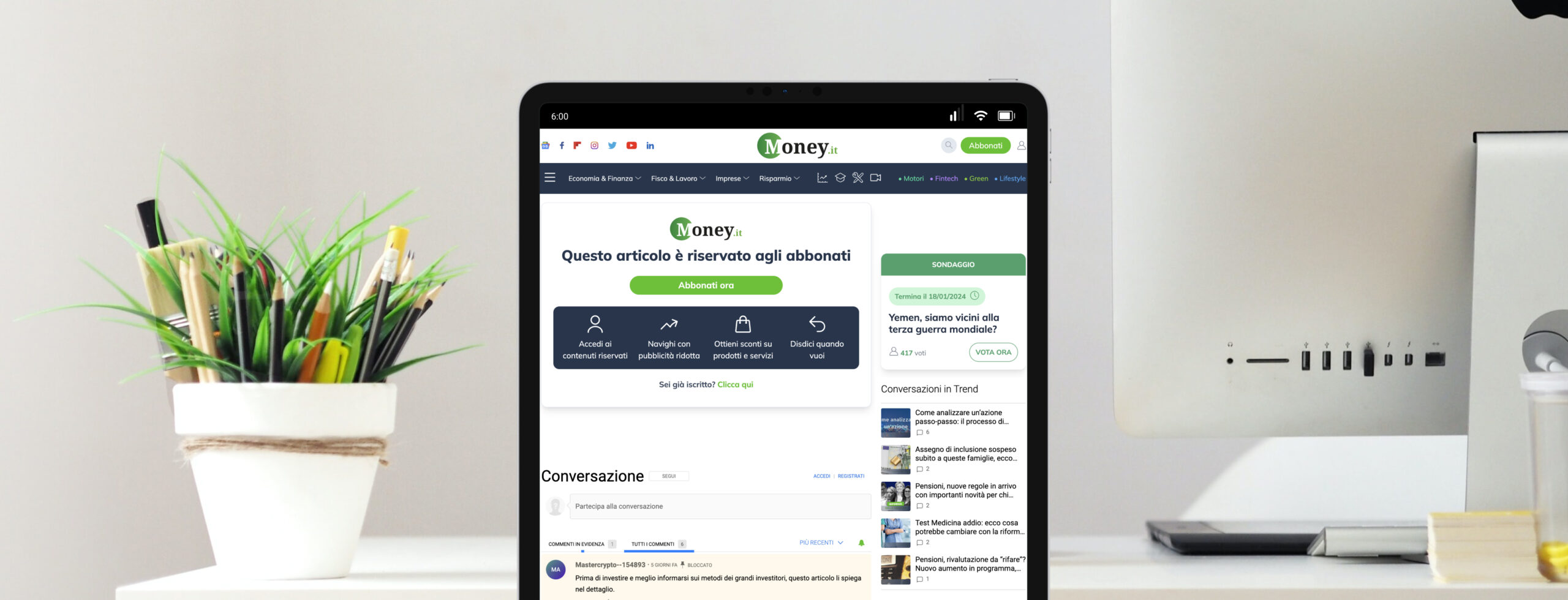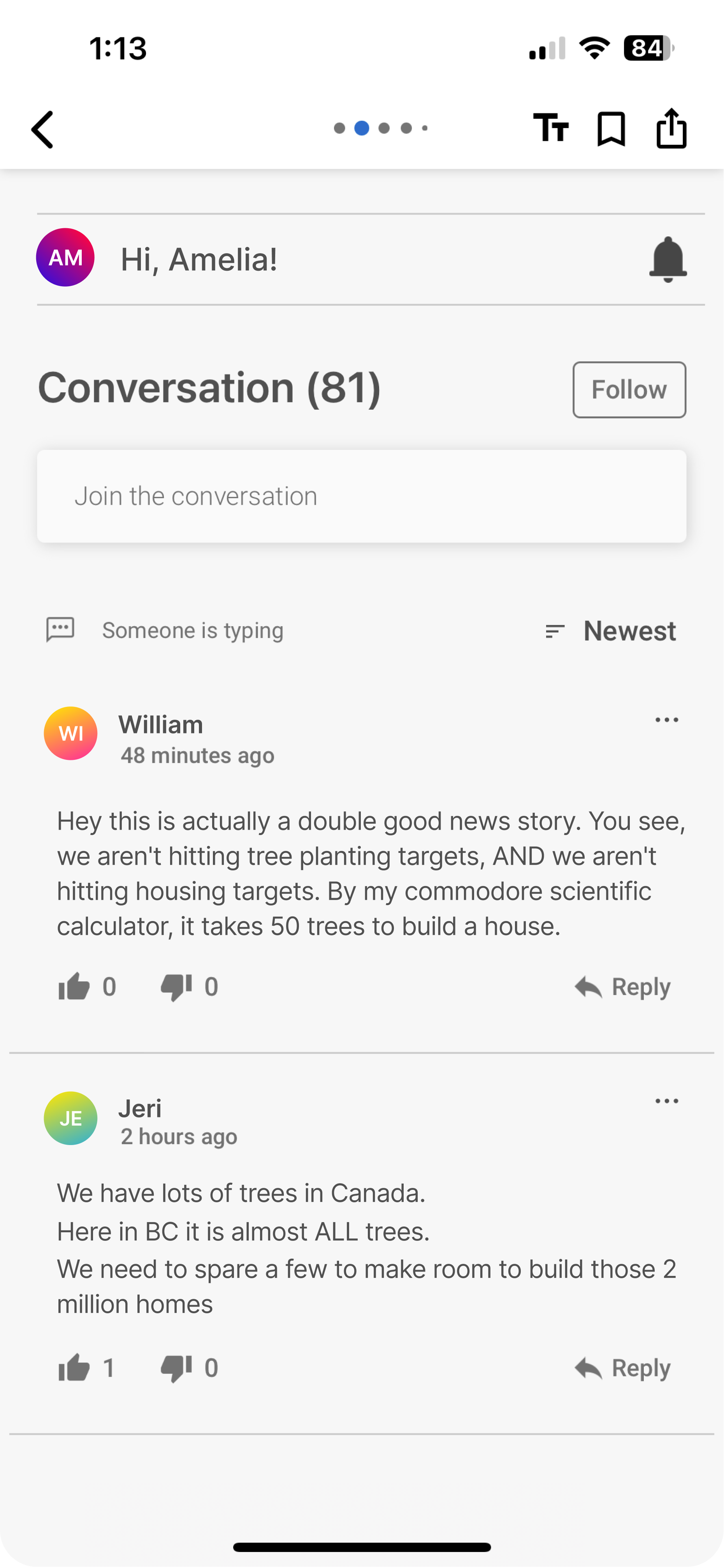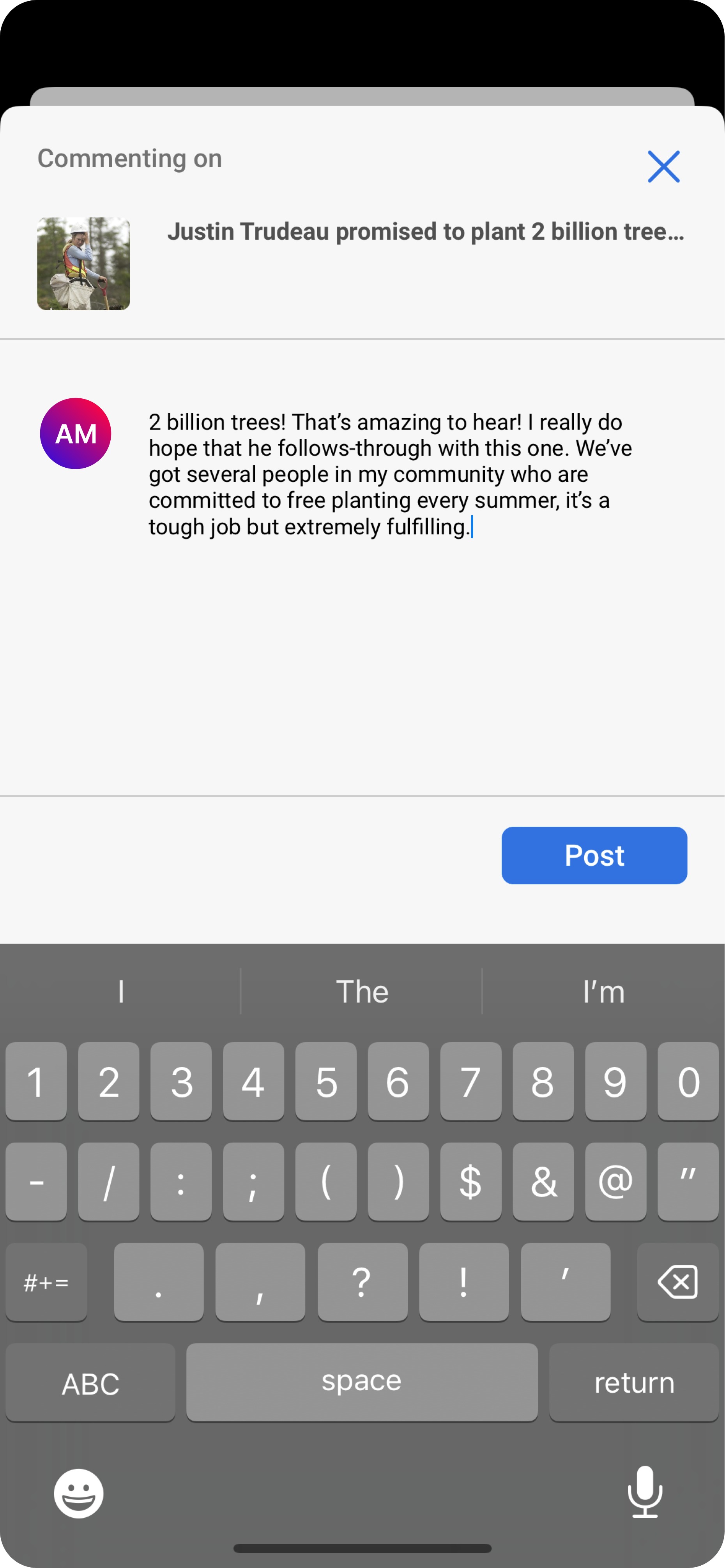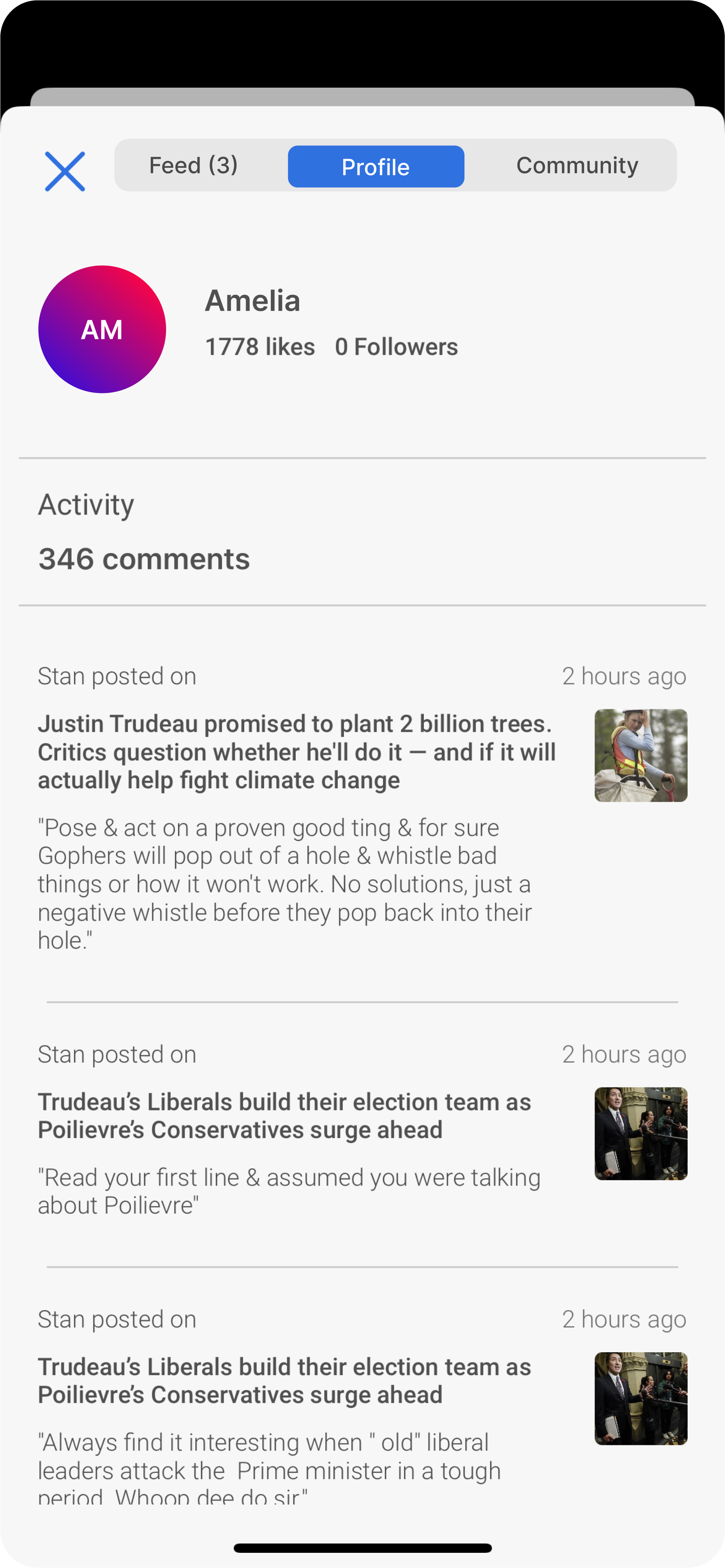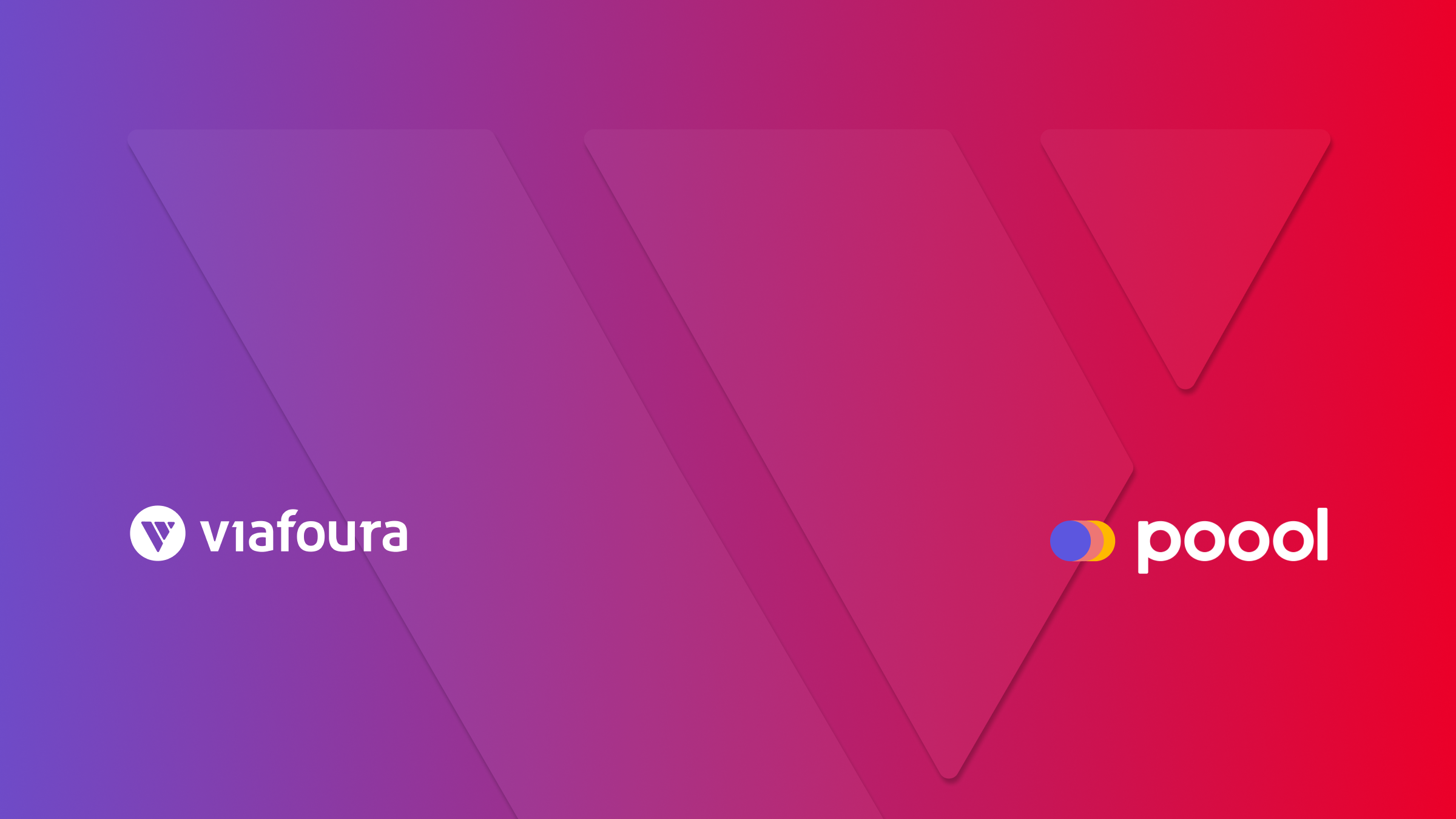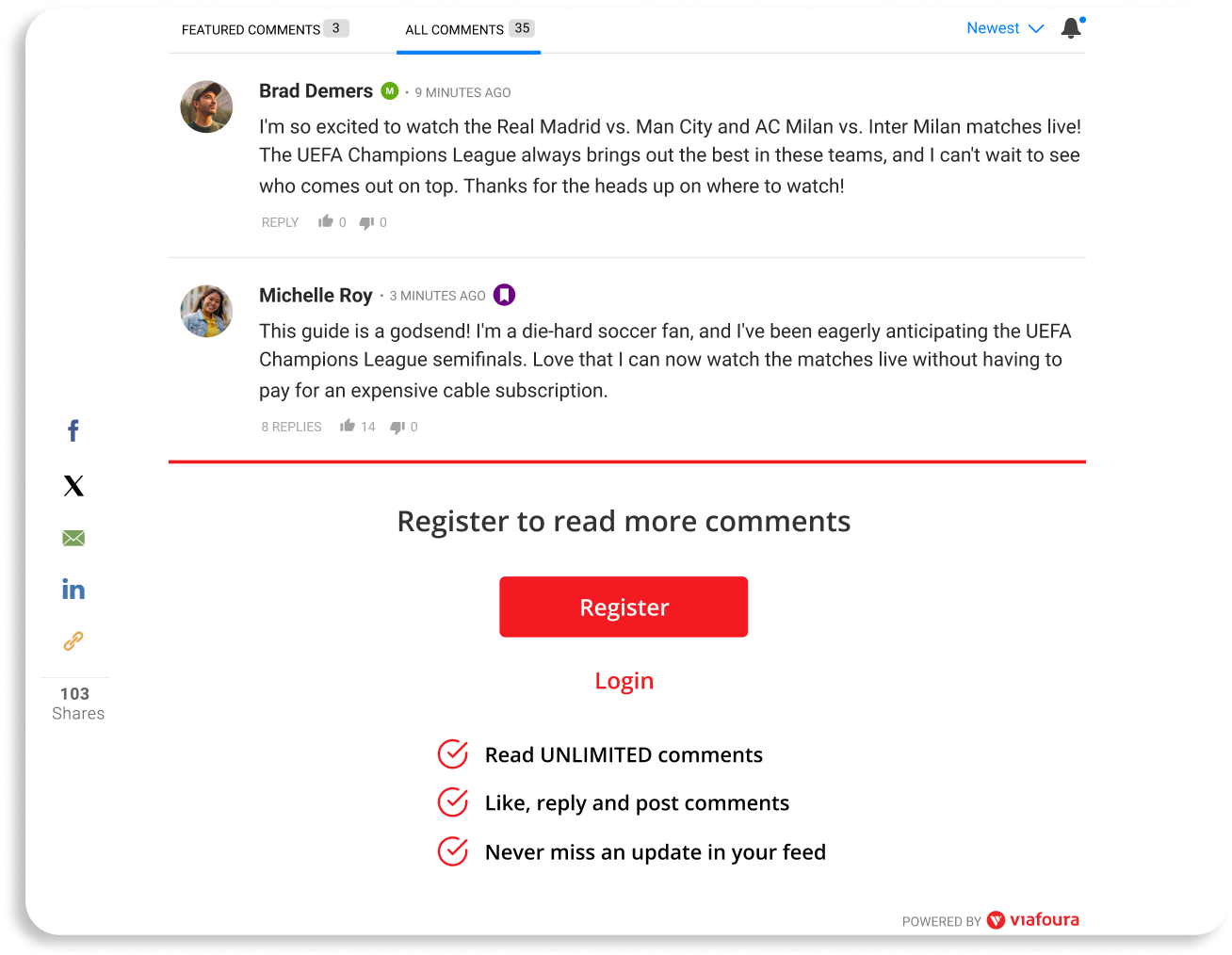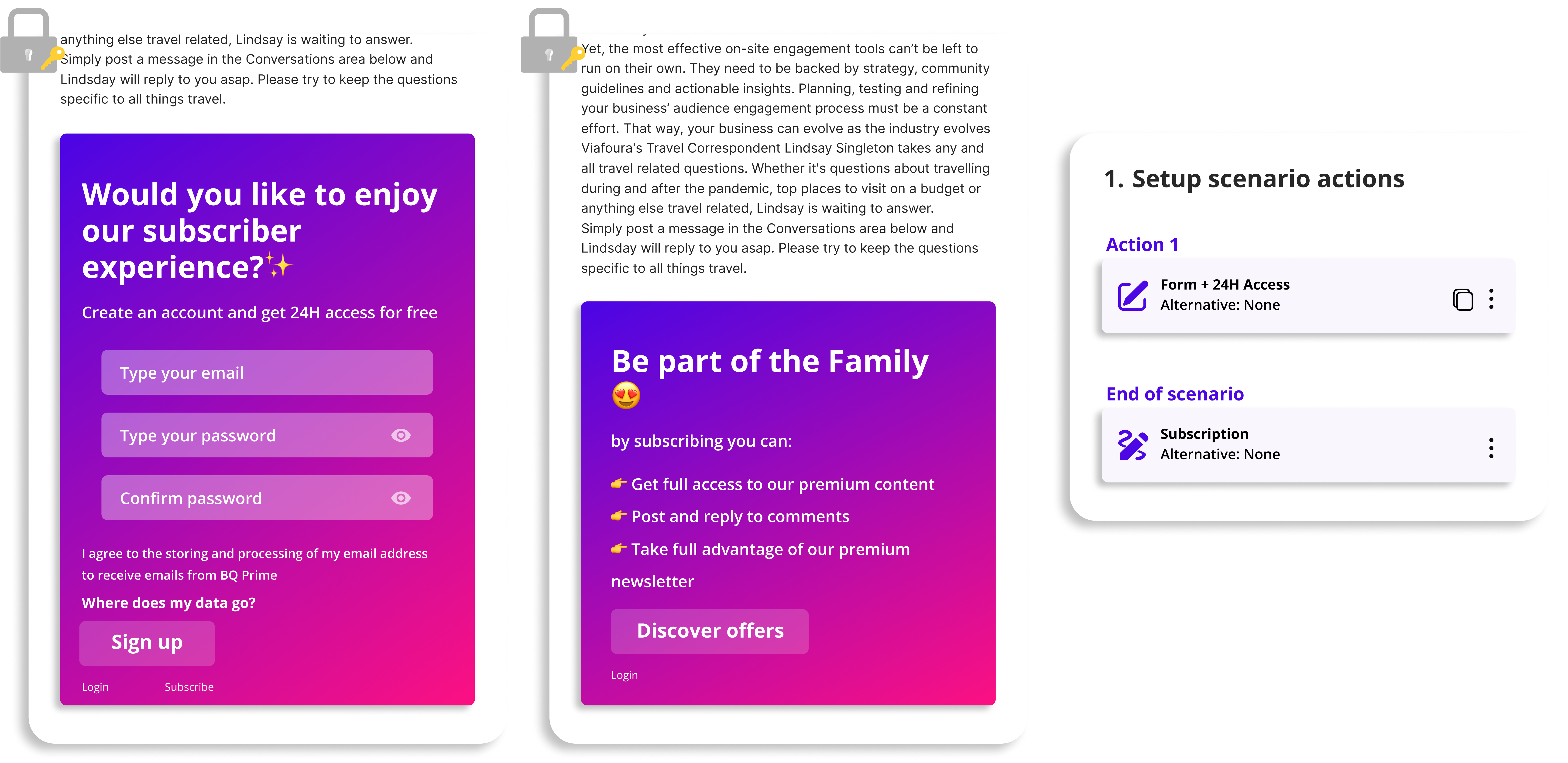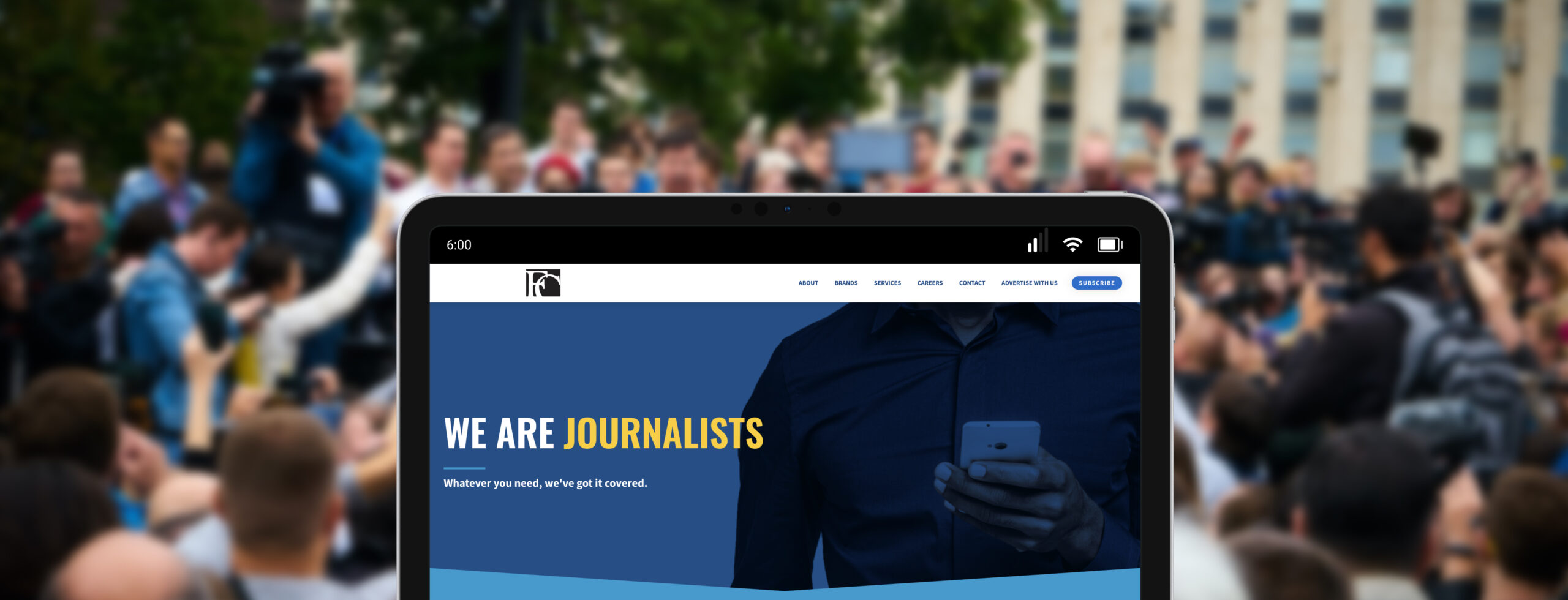We are thrilled to announce that Wise Publishing has partnered with Viafoura to enhance community engagement and provide a richer, more interactive experience for readers on Money.ca. Reaching over 10 million monthly unique readers globally, Wise Publishing operates leading digital personal finance publications including MoneyWise.com, Money.ca, and MoneyWise.co.uk. Their commitment to delivering high-quality financial information aligns perfectly with our mission at Viafoura: to empower online communities with advanced engagement tools.
Shane Murphy, Manager of Email at Wise Publishing, spearheads this exciting new chapter.
“Viafoura offers a diverse set of tools that will help us boost organic sign-ups and increase on-page engagement. We were particularly impressed by Viafoura’s extensive roster of media partners both in North America and abroad. Compared to its competitors, Viafoura provides excellent value for the services it offers, making it the ideal choice for us.”
Shane MurphyManager of Email

Implementing Viafoura’s solutions, including Conversations & AMA, Content Moderation Solution, and Analytics Insights, will significantly enhance the digital experience to achieve several key outcomes:
- Increase in Organic Sign-Ups: By leveraging Viafoura’s tools, Wise Publishing expects a boost in user registrations.
- Enhanced On-Page Engagement: The interactive features will encourage readers to spend more time engaging with the content.
- Community Building: Creating a vibrant, engaged community around their content is a top priority.
“We’re incredibly excited to work with Wise Publishing and support their mission of providing top-notch financial information to consumers worldwide. Our tools are designed to create more high-value exchange moments, and we’re confident they will help build a strong foundation of community engagement on Money.ca,” said Dalia Vainer, Director of Customer Experience at Viafoura.
Stay tuned for more updates as we continue to roll out Viafoura’s engagement solutions across Wise Publishing’s platforms. We invite you to experience the enhanced community features on Money.ca and see how we’re transforming the digital landscape together.






